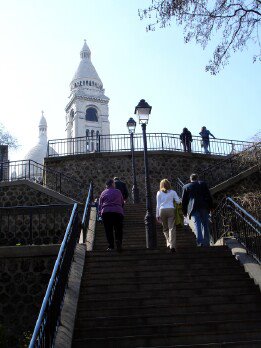
When the year turns to April or October, no matter where I am, my mind turns to walking the hills of Montmartre because of the way the sun slides down over the city in a low arc at this elevation (just 430 feet, but it feels high compared to the rest of the city).
The Butte, as Parisians call Montmartre, is the highest point in Paris and is on the Right Bank (north of the Seine). This means a lot of fairly steep uphill climbing to get to the top, often on cobblestones. You can see the hill, and its beacon, the Sacré-Cœur basilica, from many parts of the city. My favorite view of it is through the clock window at the Orsay museum on the Left Bank.

It is in the 18th arrondissement (Paris is divided into 20 arrondissements, each with its own mayoral center) and is where the movie Amelie was set.
Rue Foyatier is a tiny pedestrian street that is mostly stairs as you rise closer to the peak of the Butte (Pl du Tertre). With the Sacré-Cœur basilica (built from 1876 to 1912) in front of you (more like “above” you) you climb the step-street while the shortest and steepest métro line in Paris – the “funicular” -- runs up and down the same hill at your right.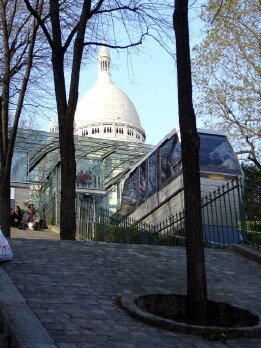
Views from the Sacré-Cœur’s turrets, or from its democratic steps where you sit next to high schoolers playing guitar and resting their young legs, are some of the best in the city.
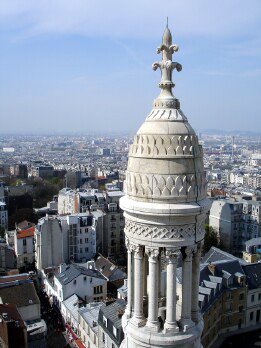
Traces of the artists who lived and worked in Montmartre (Picasso, Pissaro, Van Gogh, Renoir, Utrillo, among them) can be found in their graves at the small St. Vincent cemetery and the larger Montmartre cemetery (some, not all, were buried here), in houses they painted or lived in, such as La Maison Rose painted by Utrillo and still pink, and the Montmartre Museum where the actor Rosimond lived.
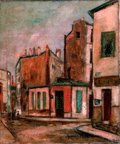 La Maison Rose by Maurice Utrillo
La Maison Rose by Maurice UtrilloThere is a constant reminder that Paris is a city for tourists: the tour bus. I’m not one who enjoys boarding a tour bus or watching buses line up at Paris hot spots. So I go to Montmartre on a weekday and wander the streets without as many tour buses blocking my view.
All photos courtesy of Donica Detamore and Ginnie Hart


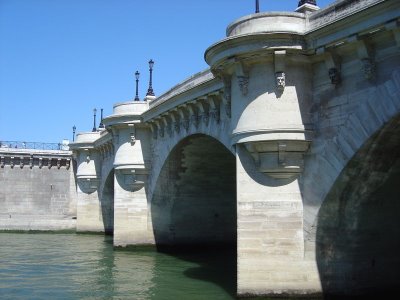



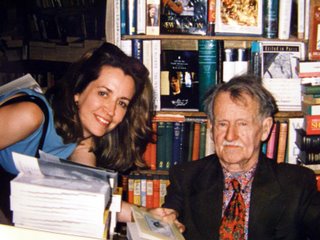



 Paris Time
Paris Time
